Rules for growing winter barley
Winter barley is a valuable grain crop. Barley grain is highly nutritious and contains a large amount of vitamins. In the article, we will consider the features of the culture and the rules for its cultivation.
The content of the article
- Description and characteristics of winter barley
- Nutritional value, chemical composition and caloric content of winter barley
- Characteristics of winter varieties
- The most winter-hardy varieties
- Cultivation areas and yield
- Seeding rates per 1 ha
- Features of planting and care
- Tips and tricks for growing winter barley
- Conclusion
Description and characteristics of winter barley
Winter barley belongs to the family of cereals... Barley grain is used in food and feed industries. Due to its low protein content, it is a valuable culture in brewing. The growing season lasts 230-300 days.

Botanical description of winter barley:
- the root system is fibrous, goes to a depth of 1.5 m;
- the stem is hollow, rounded, and nodular ring-shaped growths along its entire length;
- leaves are lanceolate, consist of a sheath and a petal, at the point of origin from the stem, the leaf plates are rolled into a tube;
- inflorescences - an ear;
- the fruit is a naked weevil.
Biological features
Winter barley is less demanding on soil compositionthan other crops, but the successful cultivation of this crop is directly dependent on climatic conditions. Winter barley is the least frost and winter hardy among grain winter crops.
Requirements for climatic conditions:
- does not tolerate prolonged frosts -12 ... -15 ° С;
- sharp spring frosts are detrimental to culture;
- the emergence of seedlings begins at 1-2 ° C, the temperature for development is 6-8 ° C;
Winter barley drought-resistant, not picky about moisture.
Ground requirements:
- the acidity of the soil should be neutral: pH = 6-7.5;
- high humus content;
- the culture gives high yields on chestnut, podzolic and sod-gley soils;
- the culture does not grow well on sandy and clay soils.
Required batteries:
- to increase the frost resistance of a culture with sowing, phosphorus and potash fertilizers are added;
- early spring top dressing with nitrogen fertilizer increases yields.
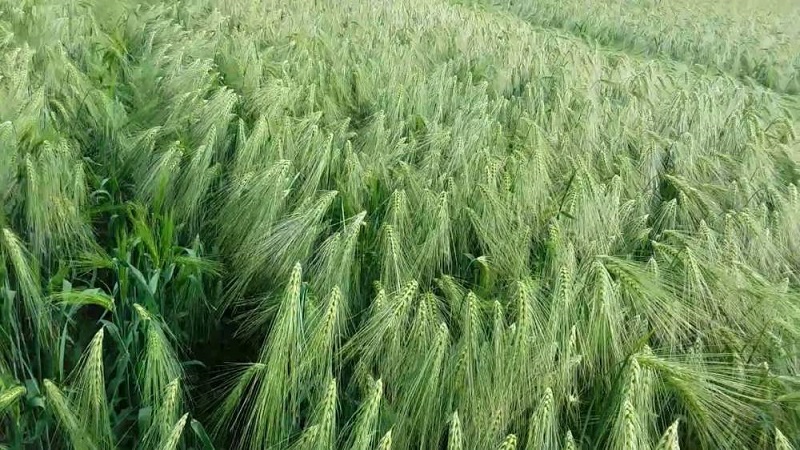
What is the difference from spring
Differences between winter varieties from spring crops:
- sowing time;
- early ripening (10-16 days earlier);
- low frost resistance;
- suffers from sudden changes in temperature both in winter and in spring;
- tolerates high temperatures well.
Place in the crop rotation
Favorable predecessors for winter barley:
- pure steam;
- winter wheat;
- peas;
- corn.
Interesting about culture:
Barley varieties, their characteristics and description
Nutritional value, chemical composition and caloric content of winter barley
Winter barley used in food and feed industries... In the first case, it is used for the preparation of cereals, alcoholic beverages, etc.
Reference. The calorie content of winter barley is 288 kcal per 100 g of grain.
Nutritional value (per 100 g):
- proteins - 10.3 g;
- fats - 2.4 g;
- carbohydrates - 56.4 g;
- dietary fiber - 14.5 g;
- water - 14 g.
Winter barley rich in nutrients (percentage of the daily value per 100 g): vitamin PP - 32.5%, choline - 22%, vitamin B5 - 14%, vitamin B6 - 23.5%, vitamin H - 22%, vitamin E - 11.3% ...
Macro - and microelements that make up the culture (percentage of the daily value per 100 g): silicon - 2000%, cobalt - 79%, manganese - 74%, copper - 47%, phosphorus - 44.1%, iron - 41.1%, magnesium - 37.5% , potassium - 18.1%.
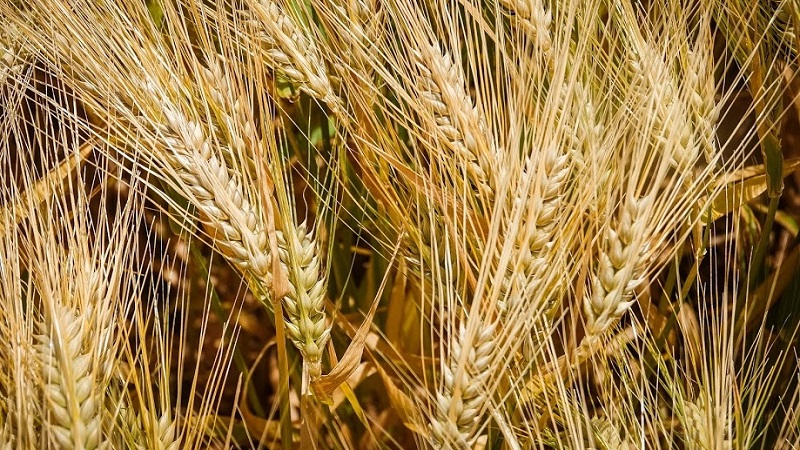
Benefits
The effect of winter barley on the body human:
- choline helps metabolism in the liver;
- vitamin B5 normalizes bowel function, participates in metabolism;
- vitamin B6 has a positive effect on the immune system and the human nervous system;
- potassium normalizes blood pressure and takes part in the acid-base balance of substances;
- magnesium normalizes heart pressure;
- manganese is involved in the formation of bone and connective tissue.
Characteristics of winter varieties
The planting time directly depends on the choice of the variety., growing conditions and yield.
Worthy
The yield of the variety is 55-60 c / ha. The maximum yield reached 96.3 c / ha. Ripening period - 266-273 days... Plant height 83-86 cm.M1000 (weight) of seeds - 43 g. In the composition of 61% starch, 12.6% protein. Average winter hardiness, resistance to drought and shedding.
Duncan
Variety of Canadian selection. Suitable for spring and winter sowing. Productivity is 90-110 kg / ha. Vegetation period 78 days, mid-season... Plant height 100 cm.M1000 seeds - 52 g. Seeding rate - 130-140 kg / ha. Has a high resistance to lodging and drought. It can grow in salty soils. It is immune to all fungal diseases.
Harlem
The transgenic variety was developed by Canadian breeders, bred using nano-technologies. Productivity 95-110 kg / ha. Ripening period 270-280 days... M1000 seeds - 52 g. Seeding rate - 130-140 kg / ha. Has a high drought resistance, withstands frosts down to -30 ° C.
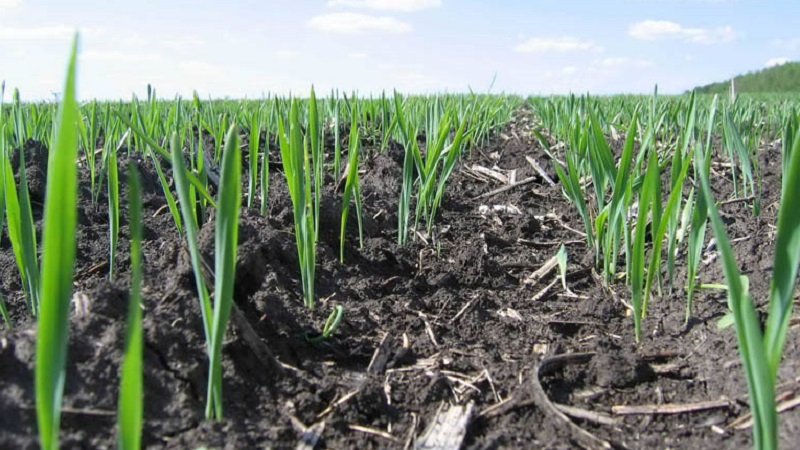
Vivat
Included in the State Register in 2018. Originator - FGBNU "Donskoy Agrarian Scientific Center". Productivity - 58.5 kg / ha. M1000 seeds 37-46 g. Protein content 8.9-13.8%. Mid-season, ripening period 224-260 days... Winter hardiness at the standard level. High resistance to lodging. It is not resistant to helminthosporiosis and head smut.
Alta
Alta is a hybrid population of the International Center for Agricultural Research in the Dry Areas ICARDA. Has a potential yield of about 60 c / ha.
Monolith
The Monolith variety was created by the breeders of the Karabalyk agricultural enterprise LLP. The yield of the variety is 69.6 c / ha. Resistant to adverse environmental factors, has high environmental plasticity.
Basalt
The productivity of the variety is up to 55 c / ha. Bushy variety. Excellent frost tolerance... Resistant to prolonged drought without loss of grain quality and quantity.
Selena Star
The maximum productivity of the variety is 77.8 kg / ha. Plant height reaches 98 cm. Vegetation period 277-284 days... M1000 seeds - 45-47 g. Protein content 11.5%. Average winter hardiness. Resistant to lodging and shedding. Not afraid of brown rust.
Borisfen
Productivity 60-87 kg / ha. Plant height 100 cm.M1000 seeds - 43 g. Protein content 12%. Resistant to lodging and shedding... Not afraid of drought.
Others
The most common varieties of winter barley: Periwinkle, Mironovsky 87, Odessa 165, Babylon, Buran, Farmer.
The Taina and Rosava varieties are called "two-handed", which means that they can be sown in autumn and spring.
Take a note:
The most winter-hardy varieties
The advantage of winter barley in high productivity and early harvest... The disadvantage is frost damage. Breeders are working on this issue and every year more and more winter-hardy varieties are registered.
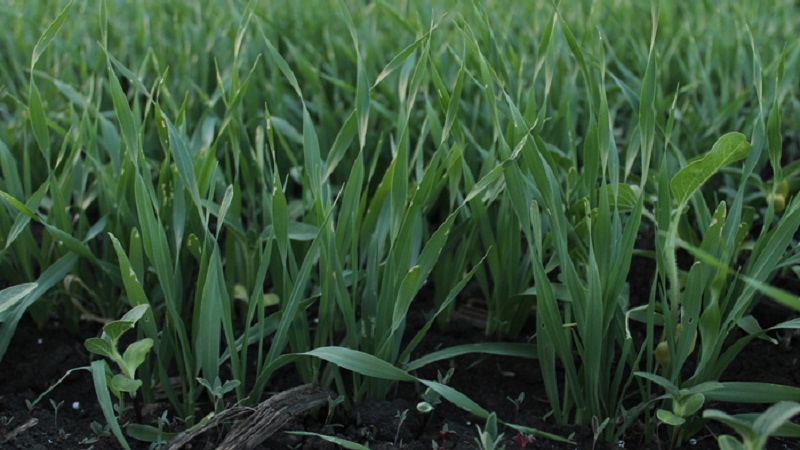
Winter barley varieties with frost resistance:
- Samson;
- Zimur;
- Pharaoh;
- Frontier;
- Morozko.
Cultivation areas and yield
For growing winter barley suitable areas with mild winters, without harsh frosts:
- Krasnodar region;
- Stavropol region;
- Kabardino-Balkar Republic;
- The Republic of Dagestan.
When growing crops in such conditions, the maximum yield is achieved.This is due to the active use of autumn precipitation and early spring moisture by plants.
Seeding rates per 1 ha
For optimal plant development, the seeding rate makes up 4-5 million germinating seeds per 1 hectare.
Features of planting and care
For better seedling development and withstanding adverse conditions in winter, it is important to observe planting dates and crop care rules.
Crop rotation
The best predecessors of winter barley - rapeseed, oats, annual grasses, cereals, legumes.
When to sow
Optimal planting times:
- in the steppe regions of the North Caucasus - from September 1 to 20;
- in the foothill regions of the North Caucasus and Crimea - from September 15 to October 5;
- in the south of Ukraine and in Moldova - from 15 to 20 September;
- in Transcaucasia and Central Asia - in late September - early October.
Early sowing time will lead to overgrowth of barley, which will affect the poor wintering of plants. Due to late sowing, the plants will be poorly developed and will not produce the expected yield.
Seat selection
For winter barley, a place with fertile soils is chosen. For optimal development, the soil should be high in humus... Barley crops are protected from cold winds in winter by means of forest belts along the perimeter of the site.
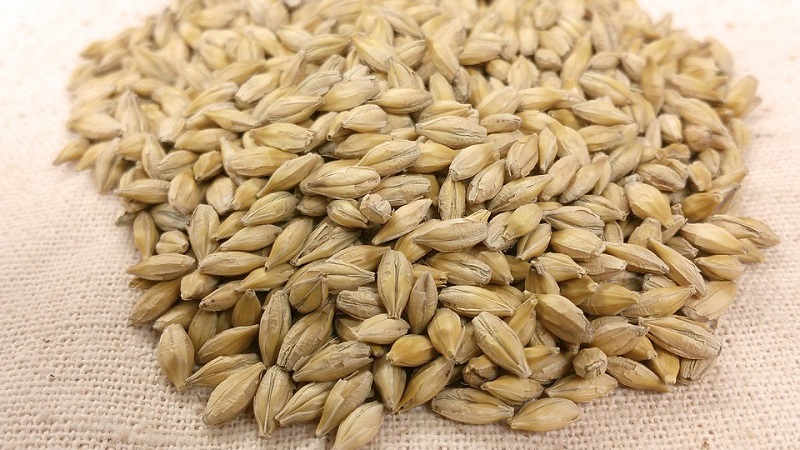
Soil and seed preparation
Soil preparation stages:
- Peeling after harvesting the predecessor. If the previous culture had coarse stems, then to a depth of 10-12 cm. If not, then the peeling depth is 6-8 cm.
- Application of organic and mineral fertilizers before plowing.
- Plowing with harrowing to a depth of 20-22 cm 2-3 weeks before sowing.
- Leveling with harrowing.
- Application of mineral fertilizers before cultivation.
- On the day of sowing - cultivation with harrowing.
Seeds undergo air-thermal heating 2-3 weeks before sowing within 2-3 hours at a temperature of + 45 ° C. Two weeks before sowing, the seeds are treated with Fundazol.
Sowing patterns and methods, depth and distance from each other
Seeders are used for sowing winter barley.
Sowing is carried out in three ways:
- solid private - 15x1.2 cm;
- cross private - 15x1.2 cm;
- narrow-row - 8x1.2 cm.
Seeds are planted to a depth of 3-6 cm.
Crop care and tillage
After sowing, rolling is carried out to compact the soil cover.
Stages of care for crops of winter barley:
- In early spring, when the soil is already ready for processing, harrowing is carried out across the crops to a depth of 2 cm.
- In the phase of the tube exit, nitrogen fertilization is applied, evenly scattering 40 kg / ha.
- Treatment against lodging - "TUR" 4 l / ha.
- In the phase of the beginning of earing - treatment against pests and diseases. "Dialen" - 3 l / ha, "Fundazol" - 0.6 kg / ha.
- In the heading and flowering phase - urea fertilization, 60 kg / ha.
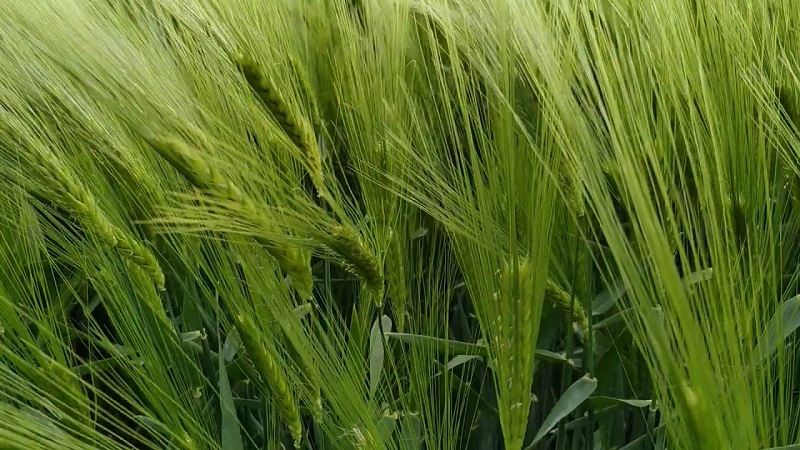
At what temperature does winter barley grow?
In relation to cold, the crop is inferior to winter wheat and rye... Seed germination begins at a temperature of 1-2 ° C. The attitude to frost is different for grains, it changes during the ripening period. Some varieties can withstand temperatures as low as -10 ° C immediately after sowing. Easily tolerates high temperatures.
Tips and tricks for growing winter barley
Experienced farmer's tips for growing winter barley:
- protect crops from wind and frost in winter and early spring;
- do not sow on saline and acidic soils;
- to grow crops on fertile soils to obtain large yields;
- carry out timely fertilizing of crops.
Conclusion
Winter barley has many beneficial properties. Barley grain is considered highly nutritious. It is used in the food and feed industry, and is of particular importance in brewing. For each application, a barley variety should be selected with suitable characteristics and properties corresponding to the climatic conditions of a particular region.